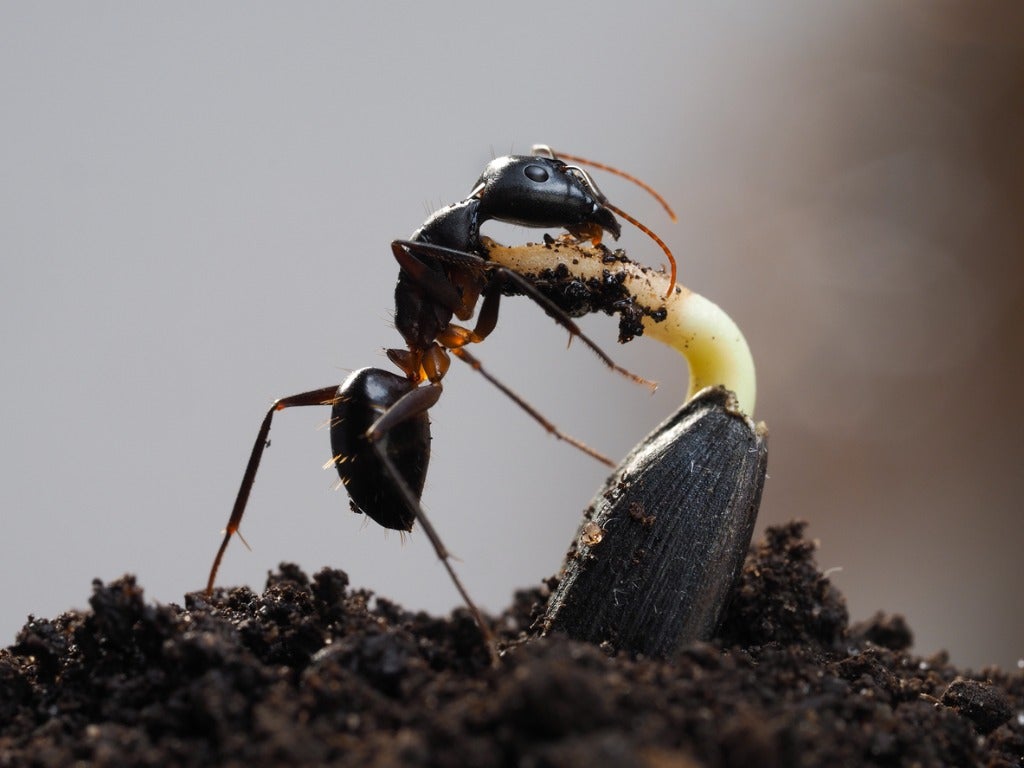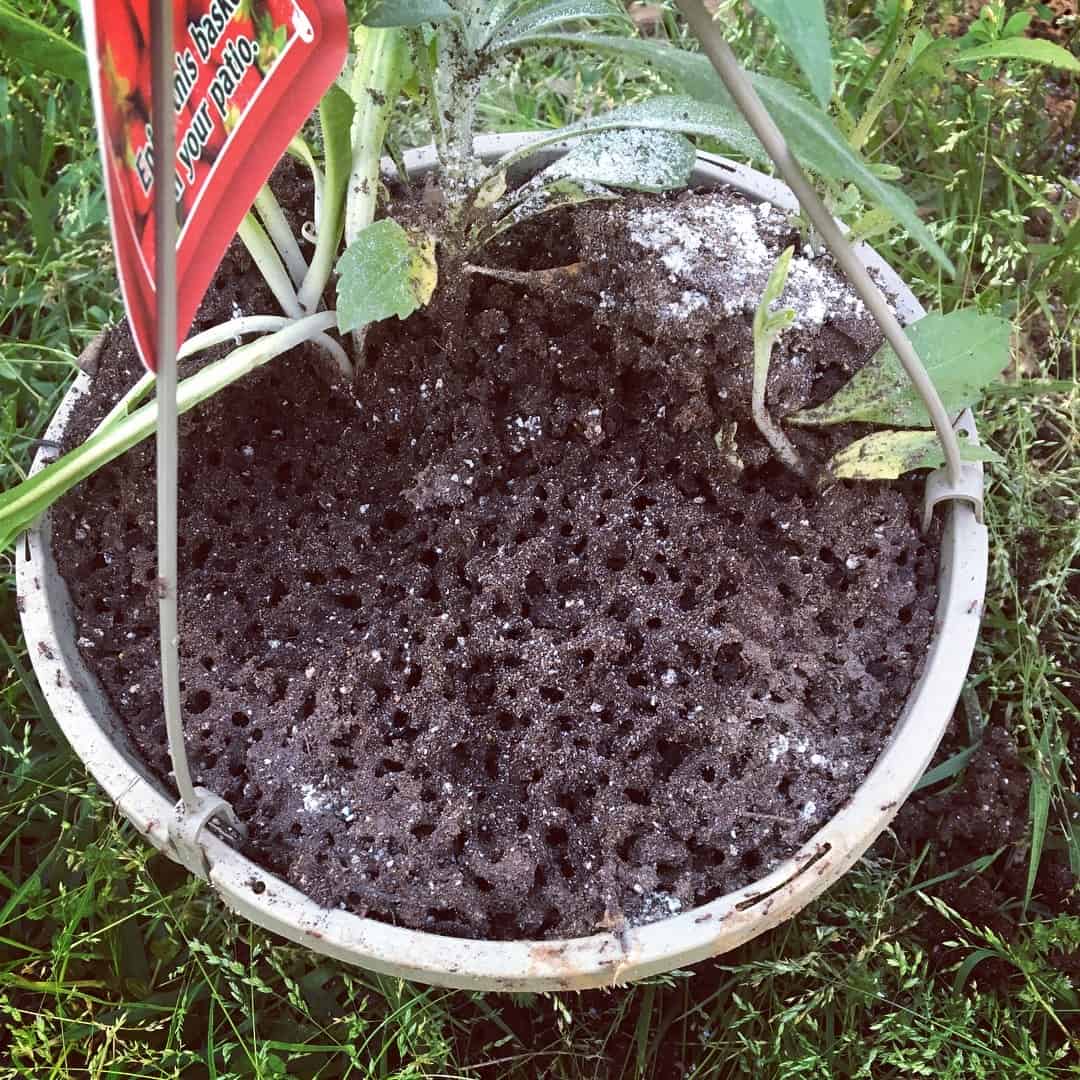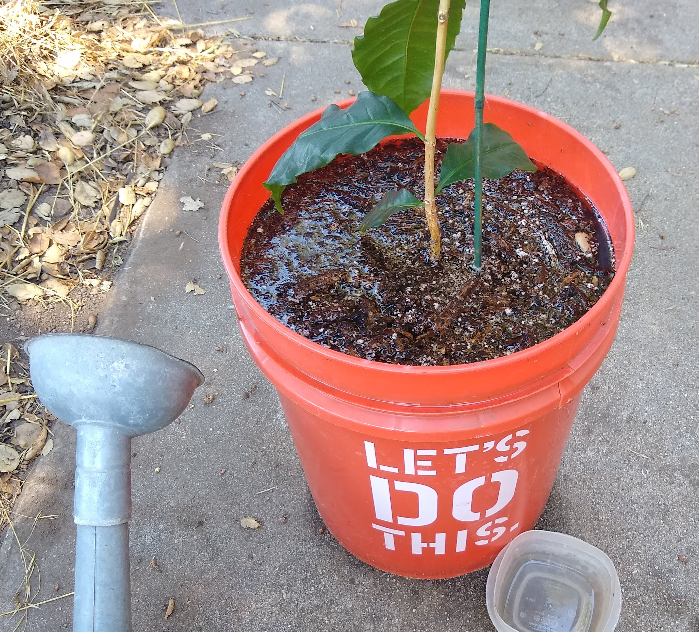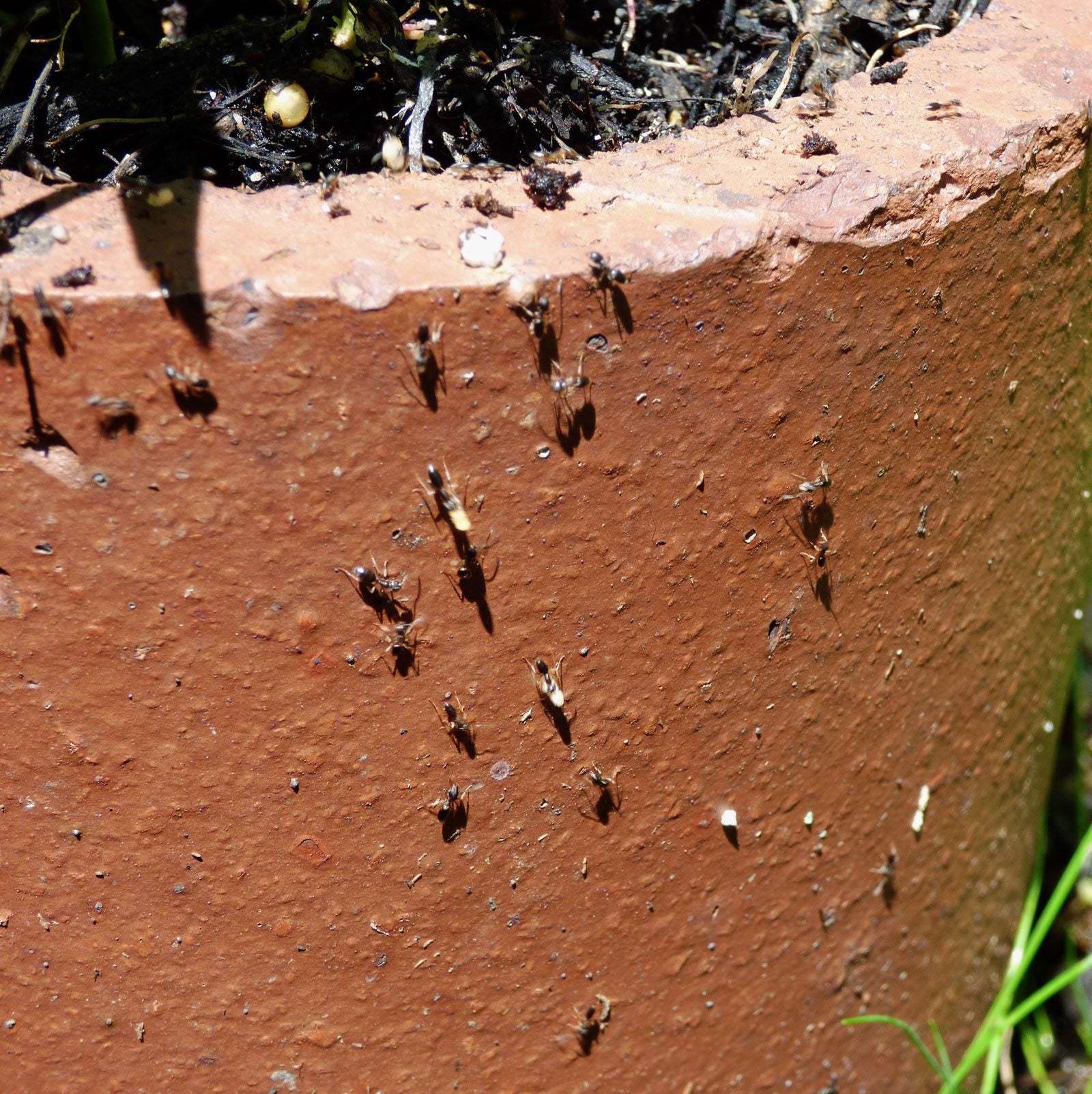
Flowering plants are a fantastic way to brighten your home and add a touch of nature indoors. However, pesky ants in your flower pots can quickly turn this joy into frustration. These tiny insects not only damage your beloved plants, but they can also create other problems like spreading diseases and causing bites. So, learning how to effectively eliminate ants from your flower pots becomes crucial.
Understanding Flower Pot Ants
There are several reasons why ants might be drawn to your flower pots:
- Food Sources: The sweet honeydew secreted by aphids and other pests, spilled food or drinks, and decaying plant matter are all like buffets for ants.
- Moisture: Damp soil, condensation on the pots, or nearby water sources provide the perfect hydration station for thirsty ants.
- Shelter: The flower pot itself, the soil within, surrounding plants, or nearby debris can all offer a cozy haven for ant colonies.
The harm ants can inflict on your flowers is two-fold:
- Plant Damage: Ants may feed on your plant’s sap, leaves, or flowers, causing visible damage and weakening the plant.
- Pest Spread: Ants can act as unwitting taxis for aphids, mealybugs, and other scale insects, further harming your plants.
- Human Nuisance: Ant bites and stings can be painful and itchy, and they can even contaminate food or drinks.
Prevention is Key
The best way to deal with ants in your flower pots is to prevent them from showing up in the first place. Here are some effective preventative measures:
- Eliminate Food Sources: Keep aphid and other pest populations under control. Clean up any spills or fallen leaves promptly, and maintain a clean area around your plants.
- Moisture Management: Avoid overwatering your plants. Ensure good drainage for your pots and improve air circulation around them.
- Create Physical Barriers: Use sticky traps, petroleum jelly, or diatomaceous earth around the base of your pots to create a barrier that deters ants. Elevate your pots on stands or saucers filled with water to create another obstacle. Additionally, seal any cracks or openings in your pots to prevent them from becoming ant entry points.
Natural Control Methods
If ants do manage to infiltrate your pots, there are several natural methods you can try to eradicate them:
- Natural Repellents: Spray your plants with a peppermint oil solution, or sprinkle cinnamon, cayenne pepper, or coffee grounds around the base of your pots. These have a repelling effect on ants.
- Nature’s Predators: Attract beneficial insects like ladybugs and lacewings, which are natural predators of ants. Provide them with shelter, food sources (like aphids!), and water sources to encourage them to make your plants their home.
- Insecticidal Soap: Mix insecticidal soap with water and spray it directly on the ants and their trails. This is a safe and effective way to eliminate them.
Chemical Control Methods (Use with Caution!)
For severe or persistent ant infestations, you may need to consider using chemical control methods as a last resort. However, it’s important to exercise caution with these methods:
- Ant Baits: Place ant bait stations strategically near ant trails or suspected nesting sites. Follow the instructions carefully and keep them out of reach of children and pets.
- Ant Sprays or Dusts: These should be targeted directly at ant trails and nesting sites. Choose products specifically labeled for use around plants and always follow safety precautions when using them.
- Professional Pest Control: For very serious ant infestations that don’t respond to other methods, consider hiring a licensed and experienced pest control professional.

Repotting and Soil Treatment
In some cases, repotting your plant and treating the soil might be necessary to completely eliminate the ants:
- When to Repot: Consider repotting if the ant infestation is severe, if you see visible ant nests in the soil, or if other control methods haven’t been successful.
- Soil Treatment: Discard the old potting soil completely. Wash the pot thoroughly with soapy water. Repot your plant with fresh, sterile potting mix.
Prevention and Ongoing Maintenance
Remember, vigilance is key to keeping ants at bay. Here’s how to maintain ant-free flower pots:
- Regular Inspection: Regularly check your plants, pots, and surrounding areas for signs of ant activity, especially after rainy weather or during warm periods.
- Continued Maintenance: Maintain cleanliness around your plants, eliminate potential food sources for ants, and continue using preventative measures as needed. Address any new ant infestations promptly to prevent them from taking hold.
By employing a comprehensive approach that combines prevention, monitoring, and timely action, you can effectively control ant infestations and keep your flower pots thriving with beautiful blooms.
The Final Touches: Keeping Your Flower Paradise Ant-Free
Conquering those pesky ants in your flower pots is a battle worth winning. Here are some additional tips to ensure your floral haven remains ant-free:
- Choosing the Right Potting Mix: Opt for well-draining potting mix to prevent moisture buildup, which attracts ants. Consider adding perlite or sand to improve drainage.
- Fertilizing Wisely: Overfertilizing can attract ants due to the increase in sugar levels in the soil. Fertilize your plants according to the specific needs of each plant and avoid overdoing it.
- Keeping it Mulch-Free: While mulch helps retain moisture, it can also create a welcoming environment for ants. Avoid using mulch directly around your flower pots, or choose inorganic mulch options like pebbles or crushed stone.
- Indoor vs. Outdoor Plants: Strategies may differ slightly depending on where your plants reside. For outdoor plants, consider creating ant barriers around the perimeter of your planting area with diatomaceous earth or a natural stone border.
Remember: Patience is key. Eliminating an established ant colony may take some time and require a combination of methods. Don’t get discouraged if you don’t see immediate results.
Living in Harmony with Nature:
While we strive to keep ants out of our flower pots, it’s important to remember they play a vital role in the ecosystem. Consider attracting them to designated areas outside your home, away from your precious plants. You can create an “ant hotel” using natural materials like wood chips, leaves, and stones. This provides them with a habitat and keeps them away from your flower pots.
The Joy of Healthy Plants:
By implementing these strategies, you can create an environment where your flower pots flourish and remain free from pesky ants. The reward? Beautiful, healthy plants that bring life and color to your indoor or outdoor space. So, put these tips into practice, enjoy the beauty of your flowers, and celebrate a victory over those tiny invaders!